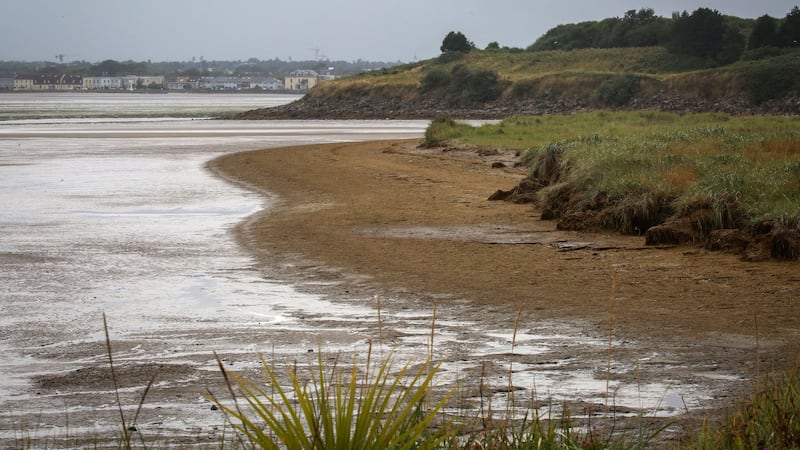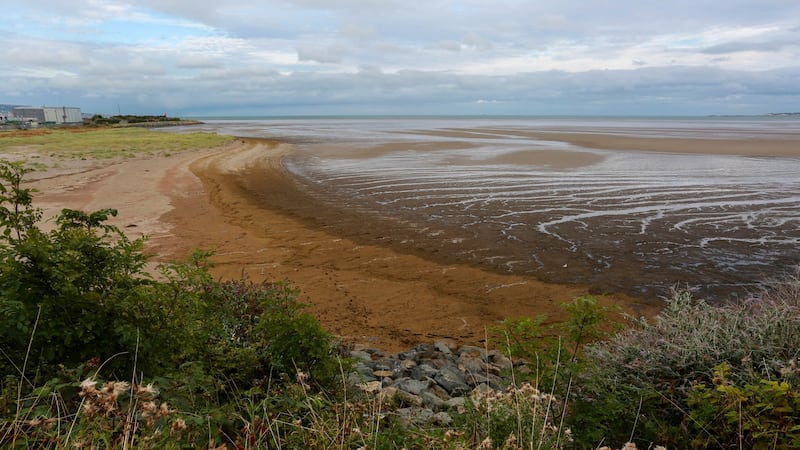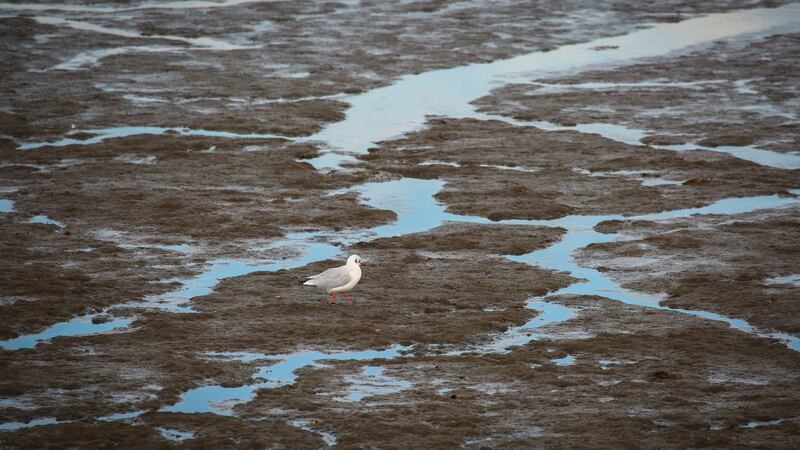Foul smelling organic material on a beach next to Dublin's wastewater treatments works is rotting seaweed and not sewage, according to Dublin City Council.
An inspection carried out on the Shelly Banks near Poolbeg on Tuesday morning found " no evidence of a sewage discharge", a spokeswoman for the local authority told The Irish Times.
The sight of the brown sludge-like material led to numerous complaints from the public, though Dublin City Council described it as a naturally-occurring macro algae called ectocarpus.
Considered to be a nuisance species, especially when it degrades, ectocarpus siliculosis produces an unpleasant odour similar to sewage when it begins to rot from early spring into late autumn.
Shelly Banks is among the coastline beaches inspected regularly with water samples taken up to 20 times between June and mid-September and fortnightly basis during the rest of the year.
Members of the public on Monday reported a slick on the beach, estimated by one observer to be 300m by 50m in size, with solid material of up to a foot in depth at sea. Some said the smell was similar to that associated with sewage and toilet paper could be seen in the sediment.



There is an on-going problem with the nearby Dublin wastewater treatment plant in Ringsend, the council’s spokeswoman confirmed, which was overloaded and previously resulted in discharges into the mouth of the river Liffey.
A discharge from treatment plant?
Several incidents have resulted in large discharges of partially-treated sewage from the plant at Poolbeg, notably when storm water tanks have overflowed after periods of high rainfall. A spokeswoman for Irish Water said there were "no incidents at the plant in the past few days", which could have resulted in accumulations at Shelley Banks.
The stench coming from the dark layer blanketing the beach was noticeable on Tuesday. A sign warned people not to swim in the waters due to “poor bathing water quality”.
Those at the beach were unanimous in their concern for the safety and cleanliness of the beach and water of Dublin Bay that are susceptible to discharge from the nearby facility. It is due to be upgraded at a cost of €400 million.
“There’s a lot of complaints,” said Sinn Féin Cllr Chris Andrews who represents the southeast inner city electoral area. “There’s ongoing discharge. It’s hazardous and there seems to be no end in sight.”
Green Party Cllr Claire Byrne said “we know that our waste treatment plant is no longer fit for purpose after decades of under funding and neglect. While upgrade works are taking place, we still need more urgent investment to bring the facilities to a standard that can cope with our growing population.”
Fine Gael Cllr Danny Byrne called for the Environmental Protection Agency to establish a full-time presence in Ringsend, overseeing the wastewater treatment plant and the Covanta incinerator.
Cllr Andrews said he had sent a petition to the European Parliament to investigate the plant’s operation. It calls on the Government and Irish Water to stop pollution seeping into the bay. “These overflows threaten the water quality, biodiversity, the ecosystem and the health of over 300,000 people who live within the Dublin Bay biosphere.”
Earlier this summer, a series of algal blooms were reported along the east coast, which forced the temporary closure of beaches, notably at Seapoint, Sandycove and The Forty Foot. The bloom, which typically occurs during summer months, gave rise to orange discolouring of the water.














